MARKETING
How to Blog When You Have No Time

Finding the time to blog is a frequent challenge for many marketers. Marketers often wear many hats and it can be difficult to focus long enough to churn out quality articles when you’re pressed for time.
How to blog when you have no time? We spoke with author and marketing expert David Meerman Scotton how to avoid common time management mistakes by developing a routine.
Blogging Time Management
Blogging time management refers to the ability to effectively make use of your time for blogging and content creation. This could be as simple as creating a schedule to get blogging tasks done on a weekly basis and figuring out which times of day you’re most productive.
No matter what you’ve got on your marketing plate, it won’t get done without proper time management. Learning how to make the most of your time will greatly affect your productivity and overall success as a blogger.
Why is blogging time management important?
When it comes to creating content, maintaining consistency is key. This is why blogging time management is so important. You may not always feel motivated to create on a regular basis, but establishing a schedule will help you to stay consistent with your blog output.
For example, you may find that you’re better at writing in the mornings. So you can set aside 2 to 3 hours each morning to work on writing based on how many articles you’d like to produce each week.
Create a content calendar to help you plan your content in advance and set reasonable deadlines. Make note of holidays or seasonal events that may impact your content schedule.
Getting organized will help you set and achieve goals for your blog. If you’re starting from scratch, check out our guide to starting a blog.
How to Blog When You Have No Time
1. Use blog templates.
An easy way to jump-startyour creative process is to start with a template. Why suffer through writer’s block staring at a blank document if you don’t have to? HubSpot’s free blog post templatescan help you format your article and get started writing faster than starting from scratch. [Include screenshot]
Templates function as an easy to follow outline where you can organize your thoughts and start to flesh out your content. HubSpot’s offer includes six templates ranging from how-to posts to pillar pages and infographics.
2. Develop a blogging routine.
In many ways blogging reminds David of exercising. In order to be successful at it, you will need to develop a routine. “It is programmed in,” David says. “It is about building it into your life and making it a second nature, like running in the mornings or doing yoga after work.”
Dedicate time each day to writing or allocate one to two designated writing days per week. Block time off on your calendar and turn off messaging apps to avoid interruptions while you write.
Once you’ve gotten organized and created a routine, you may find you had more time to write than previously thought.
3. Keep a list of ideas.
One way to save time coming up with content is to make sure you always have a running list of fresh ideas to work with. That way you’re not scrambling at the last minute for worthy topics.
Creating topic clusterscan help you flesh out your blog content strategy. A topic clusteris multiplearticles grouped by a shared topic or related topic. For example, you may have one pillar page that gives a broad overview of a topic. From there, you can create more in-depth, specific articles on related subtopics.
This will not only help you plan content but organize your site architecture as well.
4. Perform research prior to writing.
It’s much easier to write when you have all the pertinent information you want to include in one place. Research your chosen topic before sitting down to write and organize the information in a quick outline.
Include any keyword researchin this process so you can ensure your content aligns with what readers are searching for online. This way when you sit down to write, your only job is to write — not look up new facts.
5. Don’t edit while writing.
When writing it’s very tempting to want to stop and make corrections. Don’t do this. It breaks your writing flow.
Instead, write a rough draft withjust pops into your mind first. Follow your train of thought without stopping to fix typos or edit. The goal is to just get your thoughts on the page. Once your initial draft is written, you can always go back and make changes.
6. Perform article updates.
Another strategy is to build upon existing content by performing an article update. Giving your older content a refresh is not only good for SEO and your readers, but it can be a quick win for adding new content in a time crunch.
With older content, you may need to include additional research and update it for accuracy, but it generally takes less time than writing a new article from scratch. Review your existing content. Are there articles you can do a deeper dive on? Have there been industry advancements you can include? Is there a new angle to explore?
7. Find content ideas wherever you go.
By making blogging a life routine, you will come across creative content ideas much more frequently. Keep an open mind, observe new things that interest you personally and find ways to turn them into fodder for a blog post. By noticing world dynamics that get you excited and relating them to your audience, the process of blogging becomes a lot more natural and fun.
Accumulate content ideas from different situations in life and find ways to apply them to your industry.
8. Hire a freelancer.
Sometimes your workload is just too heavy and your efforts can be better used elsewhere. If you have the resources and budget to do it, hiring outside help may also be a great option.
Sites like Upwork, Contenta, and MediaBistro make it easy to find writing professionals. If looking to generate content on a larger scale, consider working with a content agency.
Blog Like A Pro
Creating content with a consistent cadence is an obstacle busy marketers frequently struggle with. Creating a schedule and mastering blogging time management will allow you to create even when you’re short on time.
This article was originally published in December 2010 and has been updated for comprehensiveness.






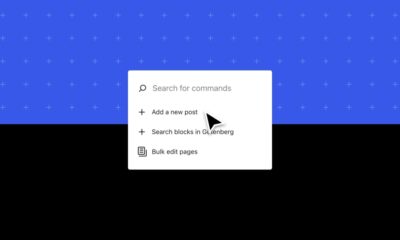



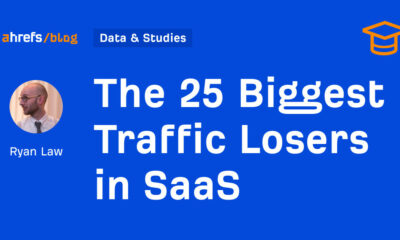

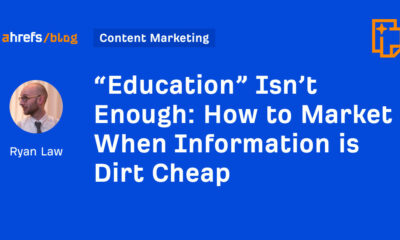

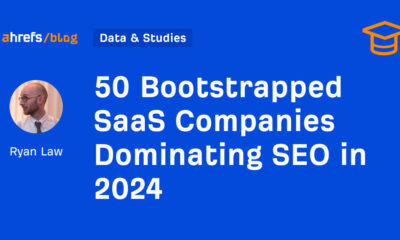

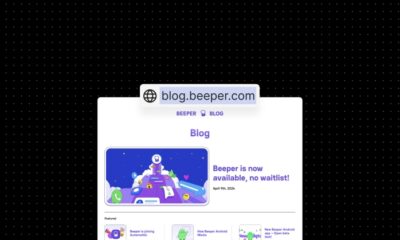

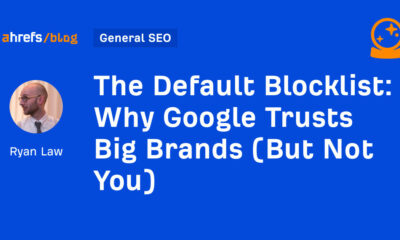

You must be logged in to post a comment Login